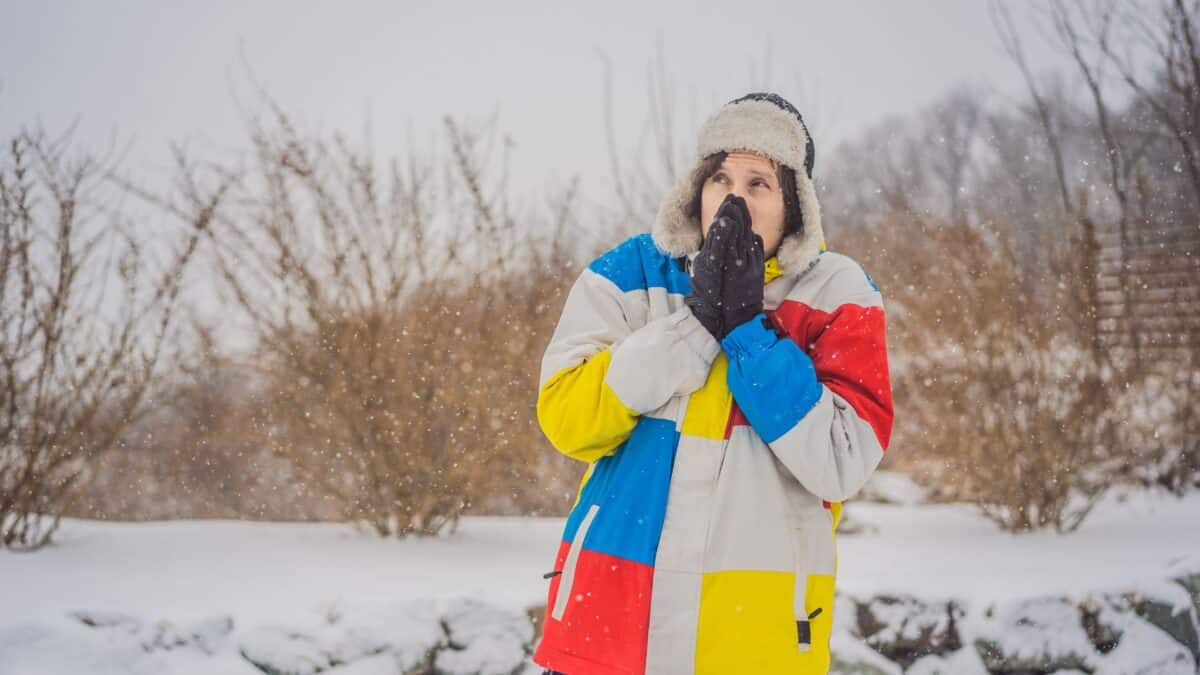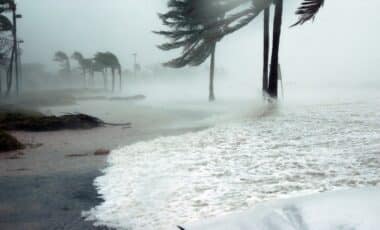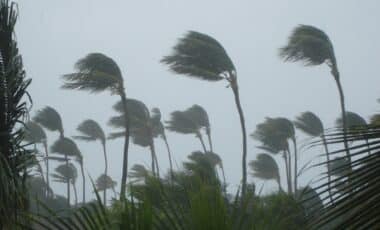Australia’s southern regions are facing a particularly harsh cold snap as icy conditions settle in across the country. The weather front, which has already dropped temperatures below freezing, is expected to linger throughout the weekend, bringing frigid mornings and chilly nights. Cities like Sydney, Melbourne, Canberra, and Adelaide will experience these extreme conditions, while snow continues to fall in parts of New South Wales.
The cold front’s arrival marks a significant drop in temperatures, affecting daily life and bringing unexpected challenges for residents. With forecasts predicting further snow and frost, this weather system will impact not just the immediate conditions, but also the wider implications for the rest of the week.
Snow Hits New South Wales as Cold Front Sweeps the South
One of the most noticeable effects of the cold front has been the arrival of snow in parts of New South Wales. Areas like Oberon were blanketed overnight, marking a rare but significant weather event. The Bureau of Meteorology (BOM) senior meteorologist Jonathan How reported that snow continued to fall in the higher territories of the state throughout the night and into the early morning hours. The snow is expected to ease but remain at higher elevations, significantly affecting alpine resorts, which are receiving a substantial amount of snow.
Meteorologist How emphasized the widespread frost expected across much of the east, with temperatures in some areas, including parts of Queensland, expected to dip below freezing. This cold front is part of a larger system that is expected to continue influencing the weather for the rest of the week.
Chilly Conditions Across Major Cities
Temperatures in Australia’s major cities have already dropped significantly. In Sydney, the early morning temperature was below freezing, with the “feels-like” temperature near zero. Western Sydney experienced even colder conditions, with temperatures dipping to around -1°C. As for Canberra, temperatures felt as low as -4°C by 7 AM, with only a slight improvement to 0.1°C by 9 AM.
In Melbourne, temperatures hovered just above freezing, with the “feels-like” temperature at Melbourne Airport at 1.2°C at 7 AM, only rising slightly to 3.8°C by 9 AM. Adelaide saw similarly chilly conditions, with temperatures reaching 5.8°C early in the morning, rising to 6.6°C as the day progressed. Hobart, too, experienced near-freezing temperatures, with a “feels-like” temperature of just 1.1°C by 7 AM.
The extended duration of these cold temperatures, along with strong winds, has made these conditions particularly uncomfortable for many residents in these cities, with early-morning commutes becoming a challenging task for many.
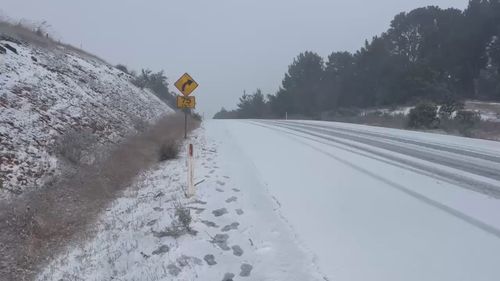
The Impact of Strong Winds on Perceived Temperatures
One factor exacerbating the cold conditions is the presence of strong winds, which are making it feel even colder than the recorded temperatures. In Sydney, for instance, the feels-like temperature at the airport was around zero, and Western Sydney experienced temperatures close to -1°C due to the strong winds. These winds are also making it feel much colder across much of the Australian Capital Territory and Victoria, particularly in the mornings when the wind chill is at its highest.
BOM meteorologist Jonathan How noted that the wind chill factor is having a significant impact on the overall experience of the weather, adding to the already cold temperatures. This further reinforces the need for people to bundle up and take precautions when going outside, especially during the early morning and evening hours.
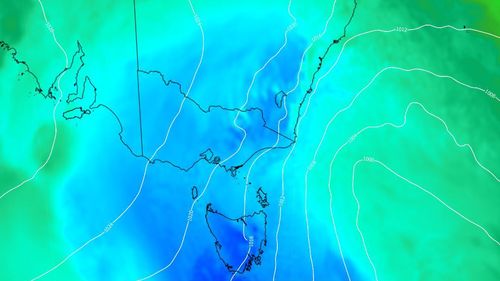
Widespread Frost and Long-Lasting Cold
As the cold front continues its path across the country, the frosty conditions are expected to last through the entire weekend. The Bureau of Meteorology has predicted that widespread frost will cover much of New South Wales and extend into southern Queensland, with temperatures dropping even further in some areas. These conditions are expected to remain throughout the weekend, and residents have been advised to prepare for even colder conditions during the coming nights.
Snowfall is gradually contracting to higher territories, but temperatures will remain frigid for the remainder of the week. With the combination of snow, frost, and extremely cold temperatures, this weather system will continue to affect daily life, from travel disruptions to the challenges of staying warm during the prolonged cold spell.

